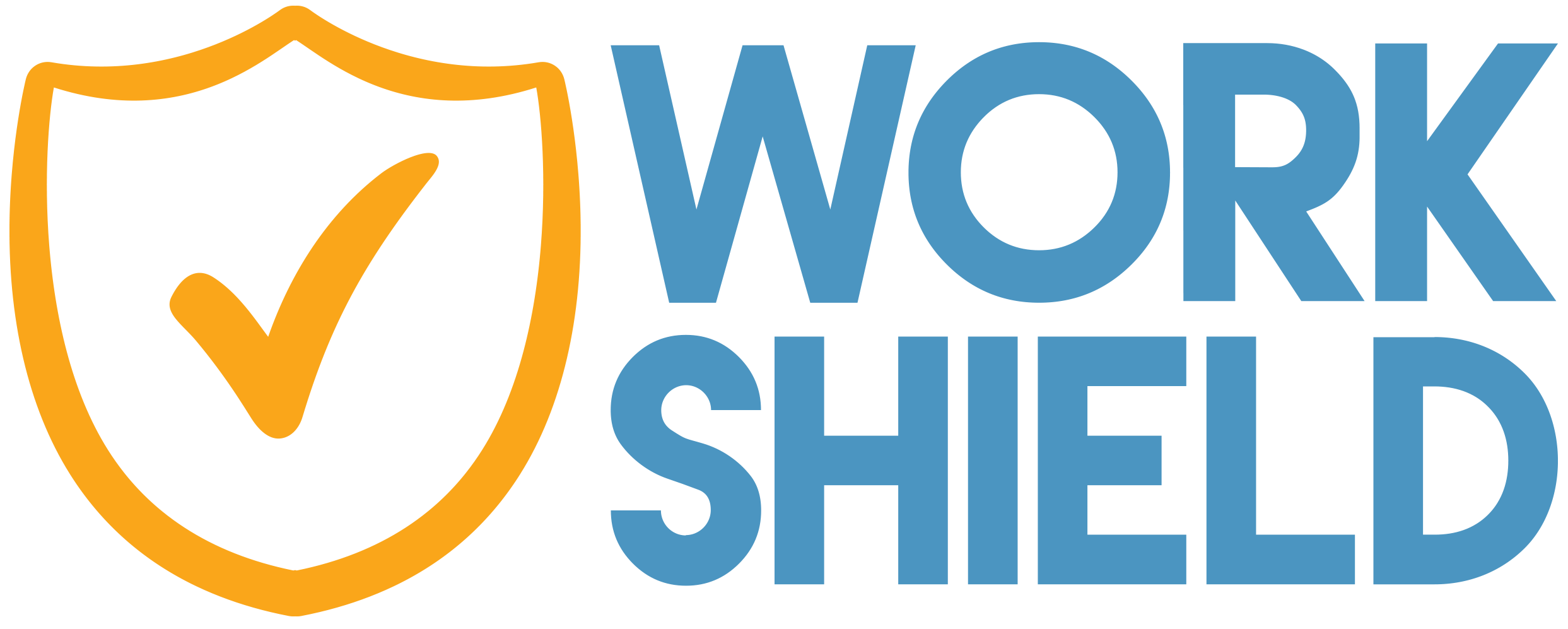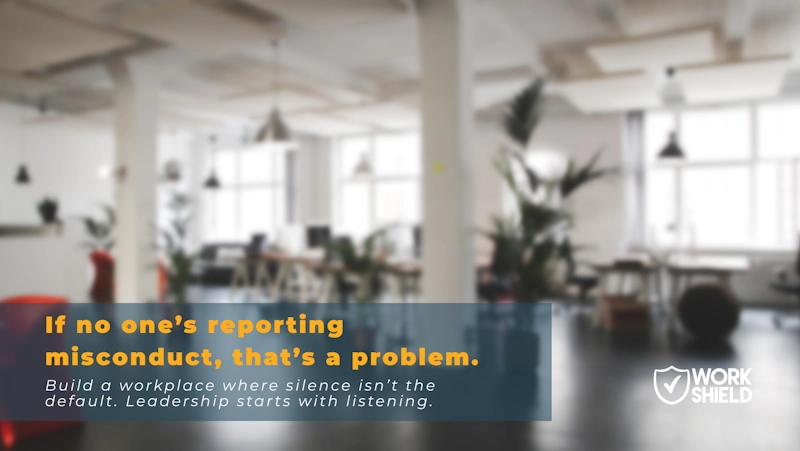Workplace tension is not new, but with increased societal polarization, evolving office environments with return-to-office mandates, and economic fluctuations, workplace incivility is increasing, along with the risk it presents to organizations. From condescending behavior and passive-aggressive communication to blatant disrespect, uncivil behavior can start quietly but quickly snowball if left unaddressed. As tensions spread, organizations incur serious costs: decreased productivity, increased turnover, and enhanced legal risk.
Effective management of incivility is no longer simply conflict resolution. It’s a risk reduction technique needed to protect organizational health.
What is Incivility in the Workplace?
Incivility is defined as low-intensity, disrespectful behavior that violates workplace expectations of respect. This can include eye-rolling during meetings, gossiping, sarcasm, being left out of conversations, or being ignored by coworkers. While small in degree, these microaggressions send the message that civility is optional and it’s better to keep silent. Incivility in the workplace occurs when those subtle, negative acts manifest, gradually undermining collaboration, productivity, morale, and trust.
Recent studies from the Society for Human Resource Management (SHRM) estimate that more than 81 million acts of incivility occur each day within the U.S. workforce, and one-third of U.S. employees anticipate workplace conflict will increase in the next 12 months. This surge is in tandem with greater cultural polarization and increasing stress levels in the workplace.
Effects of Incivility
The moment uncivil behavior occurs in a work environment, it impacts team cohesiveness, psychological safety, and becomes a disruption to daily workflows and productivity. Research shows that U.S. companies lose hundreds of billions of dollars annually in lower productivity, disengagement and employee turnover caused by unchecked uncivil behavior. In fact, the cost of incivility in the U.S. exceeds $2 billion per day, which highlights just how rapidly these issues can compound if left unaddressed.
While incivility is not defined as a standalone claim, the Equal Employment Opportunity Commission (EEOC) does acknowledge its serious implications and often sees it as a precursor to harassment in the workplace. Tolerating behaviors such as unprofessional communication, low-level bullying, and exclusion create work environments in which incivility and harassment can fester. Organizations where incivility is accepted will tend to have spikes in absences, internal complaints, and even external-facing reputation damage. If left unaddressed by leadership, employees pick up on this and trust in the company quickly breaks down.
The landmark Raess v. Doescher case brought national attention to the legal risks of workplace bullying, even in the absence of official “bullying” legislation. In this 2008 Indiana Supreme Court case, a hospital technician was awarded $325,000 in damages when a surgeon’s threatening verbal tirade resulted in extreme emotional distress. While the term “workplace bullying” itself was not a cause of action, the court ruled that such behavior was a valid consideration in deciding assault and emotional distress. The case underscored the way that uncontrolled incivility within the workplace could become legally actionable misconduct, putting further emphasis on the growing awareness that toxic workplace behavior is a costly endeavor.
How to Address Incivility in the Workplace
The effects of incivility go far beyond the occasional rude comment or passive-aggressive email. When left unchecked, incivility chips away at employee morale, disrupts productivity, increases turnover, and elevates an organization’s exposure to legal risk. Addressing it requires more than good intentions or sporadic HR interventions. It demands a structured, organization-wide strategy that treats behavioral risk as seriously as financial or operational risk.
Set Clear Expectations Through Policies and Codes of Conduct:
Every organization should have clear, written policies that define what respectful behavior looks like and what falls outside acceptable boundaries. These documents must be more than legal cover; they should offer real-world examples of behaviors that erode trust and create friction, including tone, body language, and digital communication. A well-crafted code of conduct helps set expectations across the organization and eliminates ambiguity around what will and will not be tolerated. To remain effective, these policies should be reviewed at least once a year and updated to reflect evolving workplace realities, including hybrid environments and generational differences. Including examples of behaviors like eye-rolling, interrupting, or dismissive tone helps prevent smaller issues from becoming normalized and reinforces the standard for daily interactions.
Embed Behavior Expectations Through Role-Specific Training:
Conduct policies on their own are not enough to shift behavior. Training must reinforce them in practical, repeatable ways. Too often, training around civility and respectful communication is treated as a one-off event or a compliance box to check. Organizations need ongoing, behavior-based training that addresses how incivility surfaces in everyday scenarios, tailored to each role within the organization. For managers especially, this means learning how to recognize early signs of conflict, navigate interpersonal challenges within their teams, and intervene confidently before tensions escalate. When training is role-specific and scenario-based, it resonates more deeply and is more likely to result in meaningful behavior change. Embedding training into manager performance expectations signals to the entire organization that this is not optional and it is a business priority.
Make Reporting Easy and Actionable:
One of the most overlooked aspects of addressing incivility is giving employees accessible, trusted ways to report it. Without a structured way to raise concerns, incidents often go unreported, particularly when the behavior is subtle or comes from someone in a position of authority. Organizations should offer multiple reporting options, both anonymous and direct, so employees can speak up in a way that feels safe. A well-implemented misconduct management platform can centralize these reports, making it easier to identify patterns and address recurring issues early. However, having a platform is not enough. Leaders must regularly evaluate whether the process is understood, accessible, and trusted. If reporting numbers are low, it could be a sign that employees do not believe their concerns will be taken seriously or that the process is unclear. Periodic audits of reporting workflows help uncover these blind spots and restore confidence in the system.
Use Data to Inform Targeted Interventions:
Addressing incivility effectively requires tracking behavioral trends across teams and departments. Without data, leaders are left reacting rather than managing. By using analytics to monitor incident types, frequency, and resolution times, organizations can identify hot spots before they become systemic issues. Data from a misconduct management platform should be reviewed regularly and shared with leadership to guide training priorities and policy refinements. When behavioral data is part of the same decision-making conversations as financial and operational performance, it reinforces that employee experience and conduct are directly tied to business success.
Lead by Example and Hold the Top Accountable:
Executives and senior leaders are the standard-bearers for workplace behavior. If they ignore toxic dynamics, excuse bad actors, or model disrespectful communication themselves, the tone is set for the rest of the organization. Behavioral accountability should apply equally at every level, including the top. This means evaluating how leaders give feedback, how they conduct meetings, and how they handle disagreement or pushback. Including behavioral performance in leadership reviews sends a clear message that professional conduct is not just about hitting targets but about how those targets are achieved.
Mitigating Uncivil Behavior
Unchecked incivility is not just a workplace annoyance. It is a liability that disrupts performance, erodes trust, and drives turnover. Addressing it requires more than good intentions or ad hoc solutions. It takes deliberate policies, consistent training, data visibility, and accountability at every level of leadership. Organizations that take incivility seriously protect more than morale. They protect operational integrity, reputation, and long-term resilience. For organizations ready to approach misconduct management with structure and strategy, a dedicated solution can help operationalize these efforts and support better outcomes across the board. Learn more about how Work Shield supports this approach.





